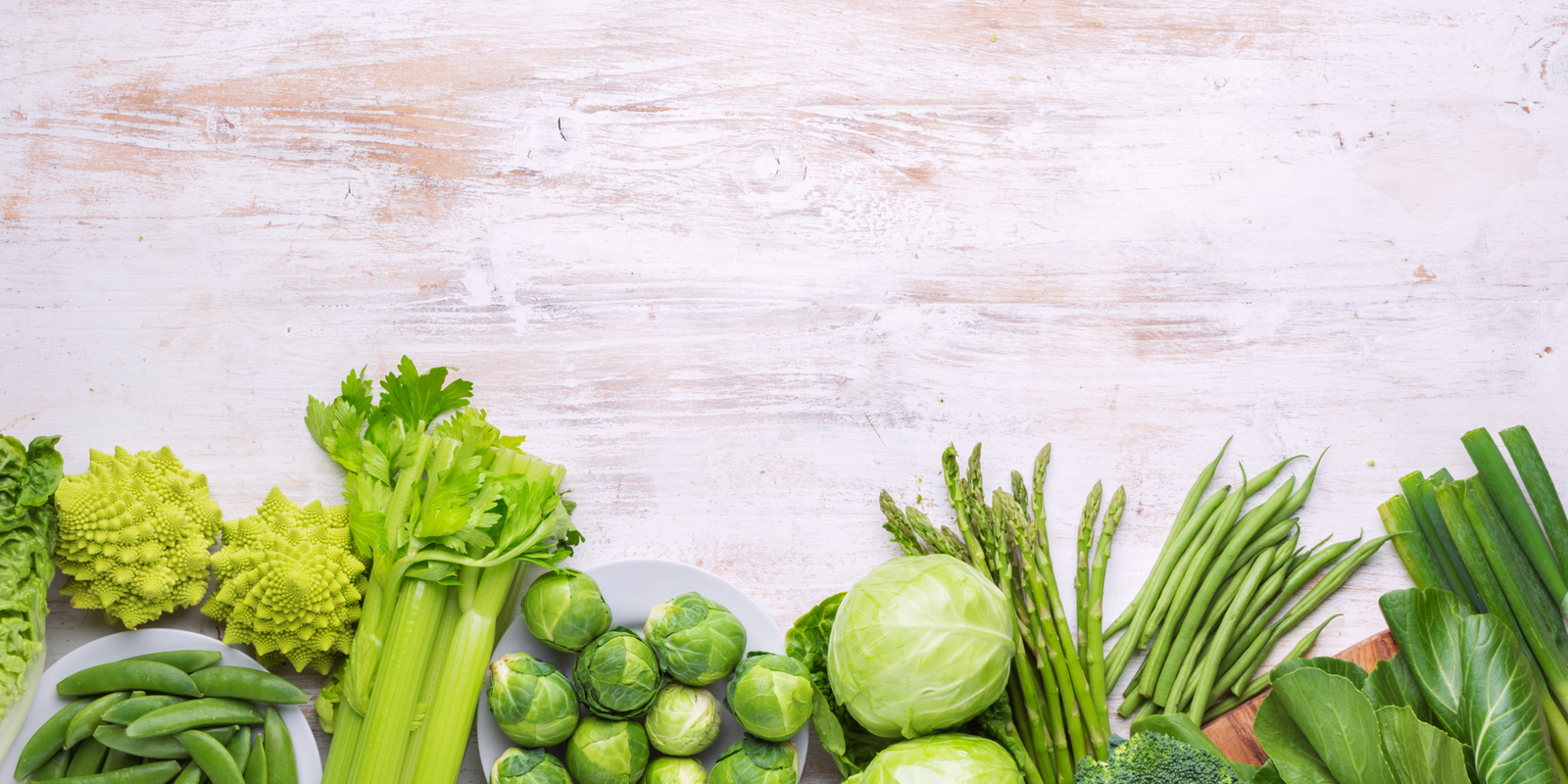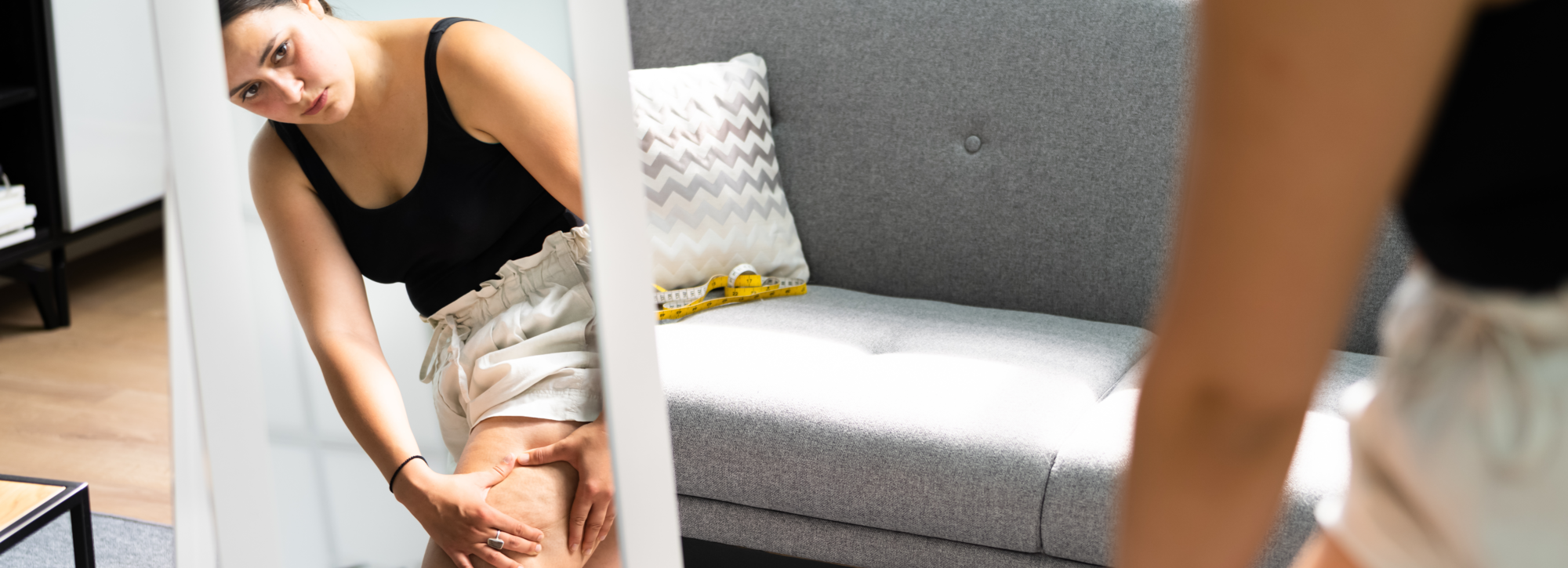Fat removal, manual lymphatic drainage and compression. Invasive treatments for Lipedema are frequently used nowadays. However, such surgical procedures bring many side effects and problems. Isn't there a simpler way?
Especially diet plays a key role in how and when your body experiences edema (swelling) is experienced. A big factor in this experience is how you react to the food you eat.
In this article, we want to show you some foods that are helpful for lipedema and can significantly reduce the pain. Furthermore, we will present you the best diet for us Diet, which according to many studies is very helpful for lipedema and can significantly can significantly reduce.
What is lipedema?
Lipedema is a chronic and usually progressive Fat distribution disorder that affects almost only women. There is a disproportionate increase in subcutaneous Fat tissue on both sides, especially on the lower extremities Extremities. The term lipedema is derived from the Greek: oidema for Swelling and lipos for fat.

In addition, there is a tendency to water retention (edema) in the affected parts of the body and a pronounced sensitivity to touch. Even slight pressure from the outside causes bruising.
What causes lipedema?
Whether the enlargement of fat cells (hypertrophy) or an Multiplication of the fat cells (hyperplasia) for this clinical picture is responsible, is still unclear. Also a combination of both Mechanisms is possible. Since almost exclusively women are affected are affected, genetic predisposition and the effect of of female hormones are also being discussed as causes.

Healthy fat cell

Hypertrophy
In addition to the increase in fat volume, there is disturbance of the
smallest blood vessels, the so-called capillaries, whereby
increased leakage of fluid from the capillaries into the surrounding tissue and
leaks into the surrounding tissue, resulting in edema. This capillary dysfunction also increases
the tendency to bruise (hematoma).
The leakage of fluid from the capillaries is, in certain amounts,
physiological. Normally, about two
Liters are lost from the bloodstream. This fluid is returned through the
Lymphatic system.In the early stages of lipedema, the increased
the increased fluid loss can be compensated for by increased
Lymphatic transport.
The constant stress on the lymphatic vessels leads to degenerative
Changes in the lymphatic vessels, whereby the transport capacity is
is reduced. As a result, fluid remains in the tissues and leads to
Edema.
If this condition persists over a prolonged period of time, it results in encroachment at the
inflammation and collagen deposition in the affected areas
Collagen deposits. This collagen leads to an irreversible
Fibrosis of the fatty tissue and the overlying skin.
Recognize lipedema: What are the symptoms?
In the early stages, it can be difficult to distinguish lipedema from Adipositas to distinguish. As the disease progresses, one can one can distinguish between the two on the basis of the disproportionate distribution of fat tissue distinguish between the two. While the extremities swell, the hands and trunk remain slim.
Patients with this condition report a feeling of tightness and pain in the affected area of the body. In contrast to conventional edema, elevating the legs brings only minimal improvement

The lipedema pain, especially in the late stages, can be so severe that the patients, due to their restricted mobility, they are also significantly restricted in their daily lives. Among the symptoms of lipedema also include an increased tendency to develop Hematomas. Even slight pressure causes bruising, although no blood clotting disorder is present.
The stages of lipedema:
Lipedema can be divided into three stages based on its anatomical Appearance and the pressure findings into three stages be classified. The severity of the symptoms or the volume of the edema does not play a role.
Stage I: smooth skin surface, thickened subcutaneous fat tissue, fine nodular fat structure.
Stage II: uneven skin surface, rough, nodular fat structure.
Stage III: rougher and harder skin surface and subcutaneous tissues, large-lobed deformed fat lobes.
The right diet for lipedema
Patients can reduce their discomfort and pain by up to 80 percent. This showed a study by the Center for Vascular Medicine in Hamburg with obese lipedema and lymphedema patients. In addition, less Therapy required.
Healthy indulgence: tips for a healthy and balanced diet
A healthy and varied diet as well as sufficient fluid intake can support the positive effects of a therapy and counteract possible complications.

Fruits and vegetables:
Many colorful and fresh fruits and vegetables provide you with all the important substances that your body needs. We recommend two servings of fruit and three servings of vegetables daily. Vegetables can be eaten in larger portions because, unlike fruit, they do not affect blood sugar levels. This ensures a longer lasting feeling of fullness. Use the traffic light principle for variety on your plate: treat yourself to green, yellow, and red fruits and vegetables.


Healthy fats:
Fat is not always bad. Flax oil, seeds, avocados and nuts are very important for the body. You should reduce fats from baked goods, margarine and sunflower oil.
Meat, sausage and cheese:
Reduce consumption of meat, sausage and cheese products.


Less salt:
Reduce your salt intake, as salt binds water in the tissues
Breaks between meals:
A meal consumes a lot of energy
that the body does not use immediately.
This excess energy is stored in the body in the form of fat or glycogen, which is a carbohydrate. Between meals, the body draws on it. If there is not enough time between meals, your body will take in more energy than it needs. This is then stored as fat deposits







